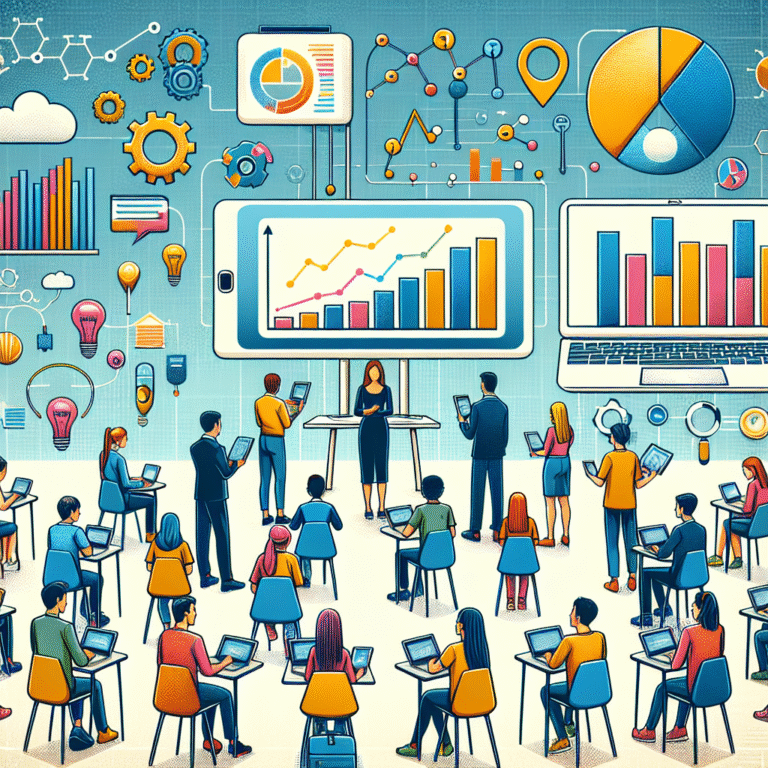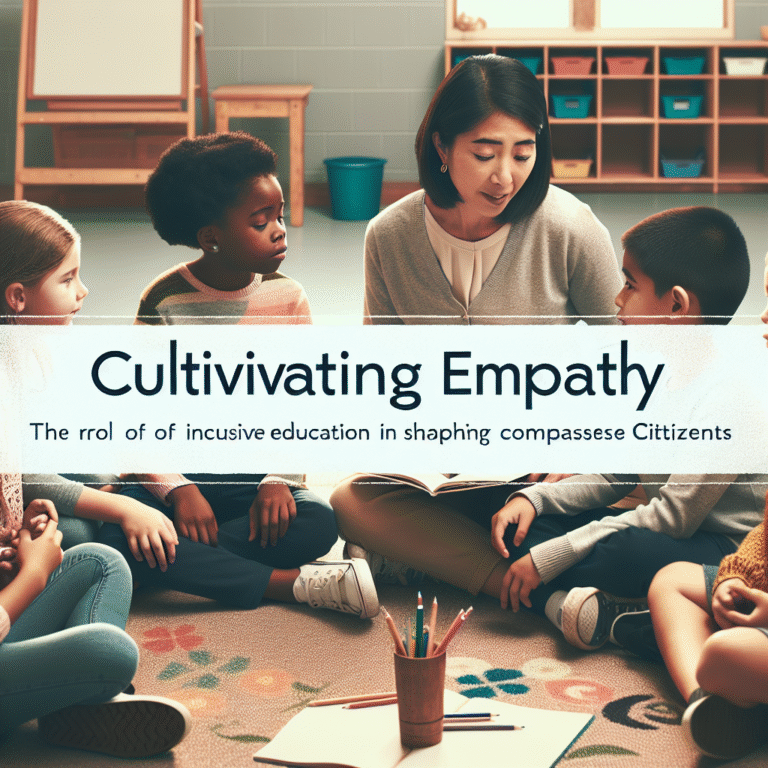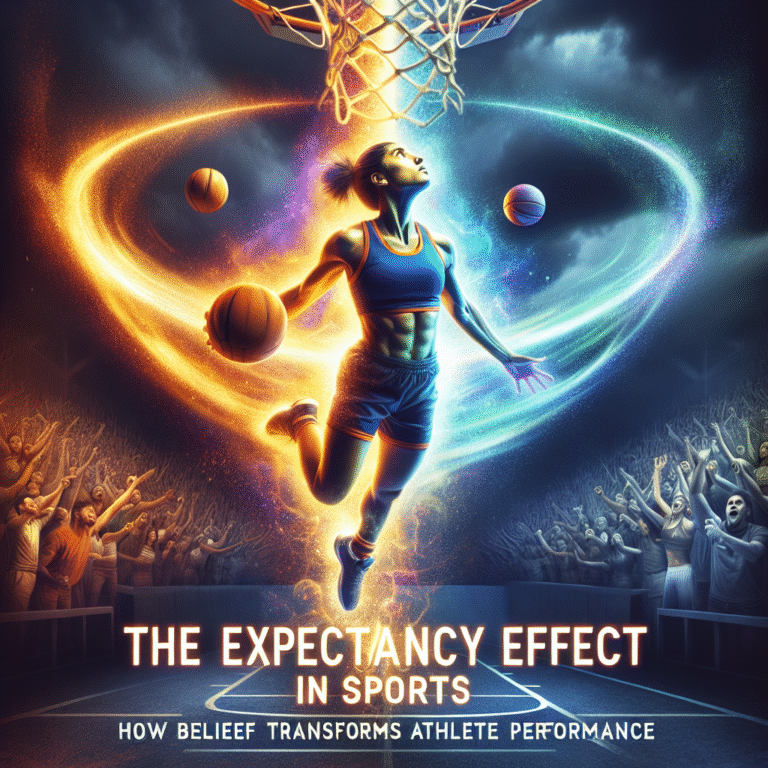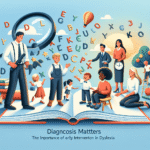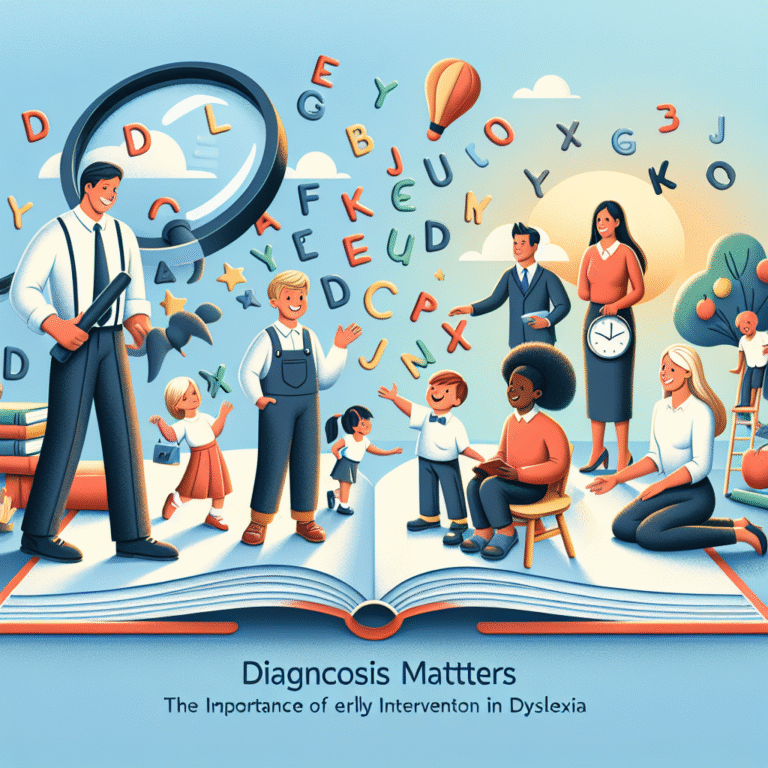
Introduction
Imagine you’re in a crucial meeting, and your boss suddenly lashes out at a colleague for a mistake. You might internalize that anger, believing that this colleague is careless or incompetent. But have you considered that there might be external factors influencing that error? Enter the concept of attribution bias—a psychological phenomenon that shapes how we perceive others’ behaviors, often leading to flawed judgments in our decision-making processes.
In today’s fast-paced world, understanding Exploring Attribution Bias: Common Pitfalls in Our Decision-Making is not just relevant; it is essential. By dissecting this cognitive bias, we can enhance our interpersonal relationships, refine our professional interactions, and improve our overall ability to make sound decisions.
What is Attribution Bias?
Attribution bias refers to the systematic errors we make when trying to understand the causes of behavior. We typically attribute our successes to personal traits but blame external factors for our failures. Conversely, we might attribute others’ failures to their character, ignoring situational elements. This mismatch creates significant discrepancies in how we perceive actions and intentions.
Types of Attribution Bias
Fundamental Attribution Error: This occurs when we overemphasize personal characteristics and underestimate situational factors while judging others’ behaviors.
Self-Serving Bias: Individuals tend to accept responsibility for their successes while blaming others for their failures.
- Actor-Observer Effect: This bias leads us to attribute our actions to situational factors while attributing others’ actions to their personalities.
Understanding these types can empower us in Exploring Attribution Bias: Common Pitfalls in Our Decision-Making.
The Psychological Underpinnings of Attribution Bias
Research indicates that our brains are wired to make quick judgments. When we meet someone for the first time, our brains assess them almost instantaneously, making necessary attributions based on their appearance, behavior, and social cues. This sort of quick thinking is rooted in evolution; however, it often clouds our judgment, leading to misinterpretations.
Brain Chemistry and Decision-Making
Neuroscience reveals that specific brain areas activate during social comparisons, influencing our emotional responses. The amygdala plays a crucial role in assessing threats and social interactions, which can heighten our biases. Grasping these biological underpinnings is vital for Exploring Attribution Bias: Common Pitfalls in Our Decision-Making effectively.
Real-World Case Studies
Case Study 1: The Workplace Dilemma
Scenario
In a tech startup, two programmers were assigned the same project. Employee A completed it on time, while Employee B delivered late due to unforeseen technical challenges. The supervisor praised Employee A’s "hard work" but criticized Employee B for "laziness."
Analysis
Here, the supervisor exhibits fundamental attribution error and self-serving bias. By ignoring situational factors affecting Employee B, the supervisor not only undermined morale but also made a flawed decision regarding performance evaluations.
Case Study 2: Friendships Tested
Scenario
Imagine a situation where a friend forgets your birthday. You may think, “They don’t care about me,” attributing their lapse to personality flaws. Alternatively, they might be experiencing personal issues that distracted them.
Analysis
This case highlights the actor-observer effect. By focusing on your friend’s perceived negligence, you overlook their contextual challenges, leading to strained relationships. This illustrates yet another manifestation of Exploring Attribution Bias: Common Pitfalls in Our Decision-Making.
Overcoming Attribution Bias in Decision-Making
1. Self-Reflection
Regularly engaging in self-reflection can help identify your biases. Ask yourself: "Am I considering situational factors, or am I attributing blame?" Cultivating awareness mitigates biases and promotes informed decision-making.
2. Seek Diverse Perspectives
When paths converge, encourage open discussions where various viewpoints can be aired. Challenge groupthink by inviting dissenting opinions.
3. Question Your Judgments
Make it a habit to question initial judgments. Ask: "Is there a possibility that external factors are at play?" This practice enhances critical thinking and compels deeper analytical skills.
4. Train Your Brain
Engage in exercises designed to diminish cognitive biases, such as “What Would I Do?” scenarios. These can help you practice empathy and critical thinking in various situations.
5. Professional Development
Consider workshops or courses focusing on emotional intelligence and cognitive biases. Realigning your educational experience can pave the way for personal transformation in how you perceive others.
Charts and Tables
| Type of Attribution Bias | Description | Impact on Decision-Making |
|---|---|---|
| Fundamental Attribution Error | Overemphasizing personality traits | Misjudging others’ capabilities |
| Self-Serving Bias | Claiming successes as personal, failures as external | Difficulties in accountability |
| Actor-Observer Effect | Judging others’ actions by character, ours by context | Distorted perceptions of social interactions |
Conclusion
Exploring Attribution Bias: Common Pitfalls in Our Decision-Making provides essential insights into how our judgments can mislead us. By recognizing the inherent biases in our thought processes, we can enhance our understanding of ourselves and others. This clarity allows us to make more informed decisions, fostering healthier relationships and professional environments.
As we navigate our daily interactions, let us strive for empathy and an open mind, challenging our biases to foster more meaningful connections.
FAQs
1. What is attribution bias?
Attribution bias refers to the cognitive bias where individuals attribute their successes to personal qualities while blaming external factors for their failures, and conversely, judge others harshly without considering their situational context.
2. How does attribution bias affect relationships?
Attribution bias can lead to misunderstandings and misjudgments in relationships, causing unnecessary conflicts and resentment. Acknowledging biased perceptions fosters clarity and empathy.
3. What strategies can I use to overcome attribution bias?
You can practice self-reflection, seek diverse perspectives, question your first impressions, participate in cognitive bias training, and engage in professional development regarding emotional intelligence.
4. Is attribution bias more common in specific situations?
Attribution bias can manifest in various situations, particularly in high-stakes or emotionally charged environments. Awareness and practice can help mitigate these effects.
5. Can I change my attribution styles?
Yes, with conscious effort, education, and engagement in reflective practices, individuals can reshape their attribution styles, leading to improved decision-making and relationships.
By recognizing and addressing these cognitive biases, we can empower ourselves to navigate complexities with greater clarity and compassion, working toward more thoughtful and just decision-making.




